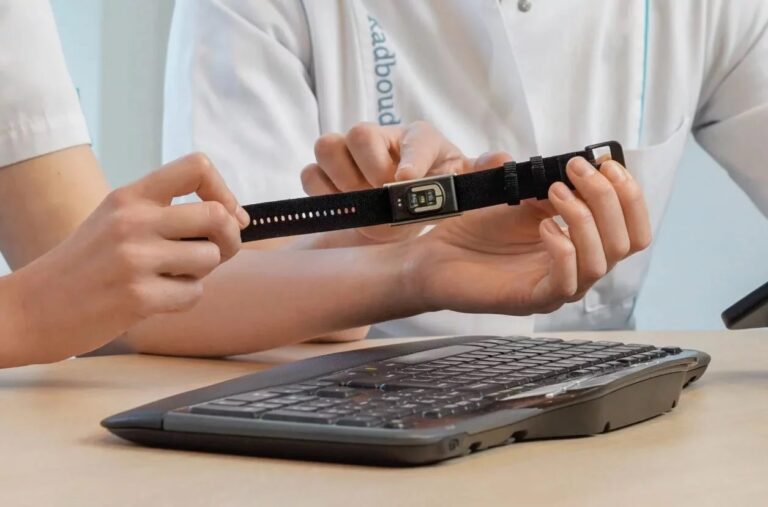According to the researchers, graphene is one of the most promising candidates for transparent neural electrodes, because the material has a UV to IR transparency of more than 90 percent, in addition to its high electrical and thermal conductivity, flexibility, and biocompatibility. That allows for simultaneous high-resolution imaging and optogenetic control, writes Kurzweil News.
Researchers at the University of Wisconsin-Milwaukee, Medtronic PLC Neuromodulation, the University of Washington, and Mahidol University in Bangkok, Thailand were also involved. The procedures in the paper describe a graphene uECoG electrode array implanted on the surface of the cerebral cortex. It can be completed within 3–4 weeks by an experienced graduate student. But this protocol “may be amenable to fabrication and testing of a multitude of other electrode arrays used in biological research, such as penetrating neural electrode arrays to study deep brain, nerve cuffs that are used to interface with the peripheral nervous system (PNS), or devices that interface with the muscular system,” the paper adds.
Breakthrough application
The breakthrough application of graphene based microelectrocorticography (uECoG) arrays was first announced in the open-access journal Nature Communications in 2014. Now, the UW–Madison researchers are looking at ways to improve and build upon the technology. They also are seeking to expand its applications from neuroscience into areas such as research of stroke, epilepsy, Parkinson’s disease, cardiac conditions, and many others. They further hope other researchers will do the same.
Funding for the initial research came from the Reliable Neural-Interface Technology program at the U.S.
Defense Advanced Research Projects Agency. The research was led by Zhenqiang (Jack) Ma, the Lynn H. Matthias Professor and Vilas Distinguished Achievement Professor in electrical and computer engineering at UW–Madison and Justin Williams, the Vilas Distinguished Achievement Professor in biomedical engineering and neurological surgery at UW–Madison.




































